Hamstring Recovery Course
Want To Protect Your
Athletes' Hamstrings?
Get Free Access To The Athletes Authority Robust Hamstring System Designed To Minimise The Risk Of Hamstring Injuries In The Gym Setting.
Our Team Has Been Trusted By:


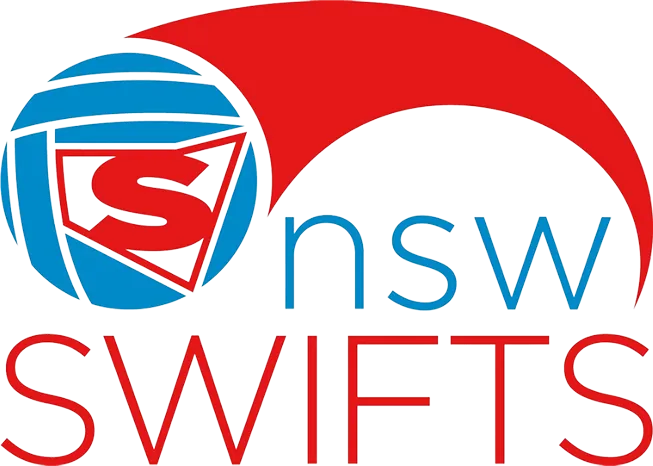











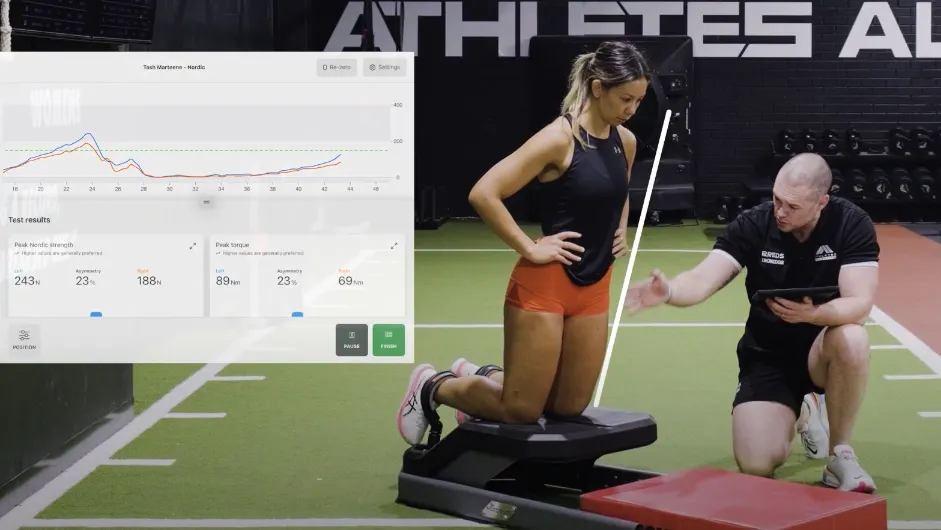
In This 90-Minute Video Course In Partnership With VALD Performance,
You’ll Discover:
Three different options to assess and retest using the Nordbord.
Common mistakes and errors from set-up to understanding data.
The three phase approach to Hamstring training - Distal, Proximal & Integrated and how to implement this seamlessly into your athletes training.
Over 20+ exercises demonstration to ensure you know exactly how to get the most out of each exercise.
How to use the Nordbord as a training tool to maximise it’s effectiveness in your program
our services
WHEN YOUR ATHLETICISM MATTERS TO YOU, OUR PROGRAMS HAVE YOU COVERED.
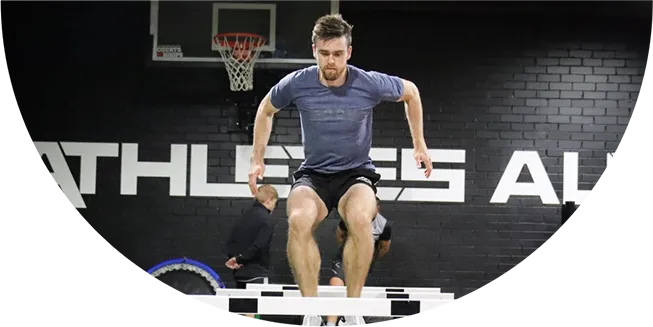
“For Athletes Who Are Hungry For A Competitive Edge”
Athlete Development Program
Improve Athleticism With A Strength & Conditioning Program That Guarantees Results (Or Your Money Back)
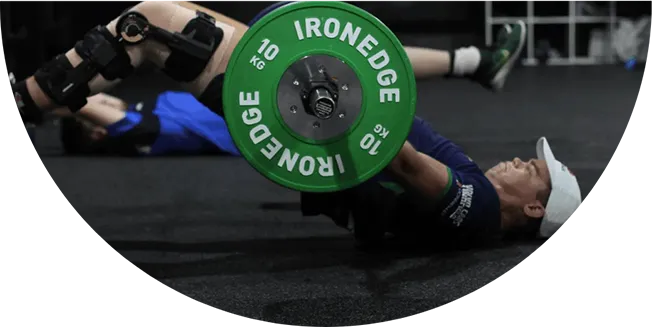
“For Athletes Who Want To Rehab Their Injury, For Good.”
Sports
Physio
Program
Return To Sport With Confidence And Get Back To Doing What You Love, Faster.

"For athletes seeking enhanced speed and agility in team sports."
Speed & Agility Training
Develop The Gift Of Speed And Get Noticed For Your Game-Changing Abilities On The Field Of Play

“For Sporting Parents Who Want To Set Up Their Kids For Success”
Emerging Athlete Program
Helping Sporting Parents Foster Their Kid's Potential & Set Them Up For Success.
Take a virtual tour of Our
strength & conditioning gym
WE BUILT A TRAINING & REHAB FACILITY THAT COULD BE AN ATHLETES’ HOME AWAY FROM HOME. WATCH THE VIDEO TO SEE FOR YOURSELF.
SYDNEY
melbourne
OUR PHILOSOPHY
While An Athlete's Goals May Change, The Pursuit Of Performance Never Ends.
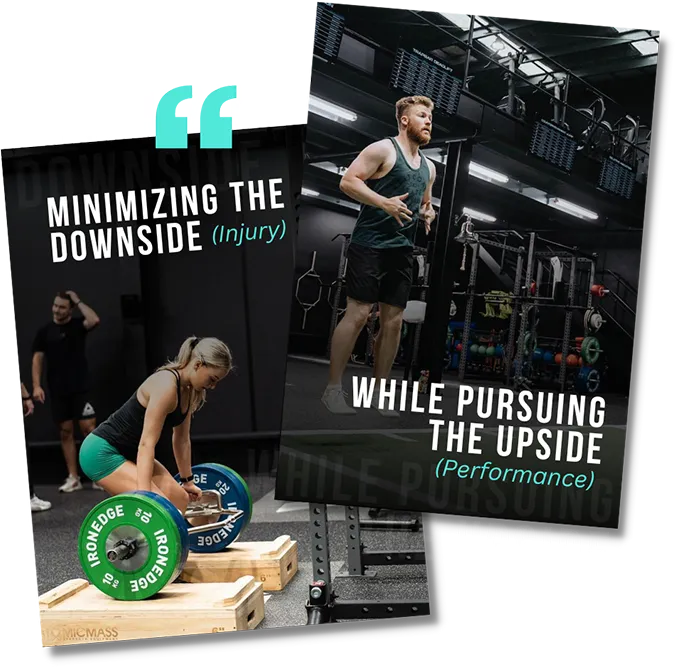
Athletes strive for two timeless objectives: raising their standards and winning. They constantly aim to surpass their previous achievements and believe in their ability to reach greater heights. Winning is an integral part of their DNA; they are driven by the desire to succeed. To attain such success, they must create a personalized GamePlan.
Our training system is built on the philosophy of "Minimizing the Downside (Injury) While Pursuing the Upside (Performance)." It empowers athletes at all stages to enhance their performance. Whether you're an amateur or an Olympian, our comprehensive approach combines in-person coaching with virtual and mobile support. Develop a resilient body and mindset for success with our expert guidance. Achieve more with our performance and rehabilitation programs.
350+
ATHLETES WHO TURNED PRO
450+
PRO ATHLETES COACHED
500+
5-STAR GOOGLE REVIEWS
IN THE NEWS
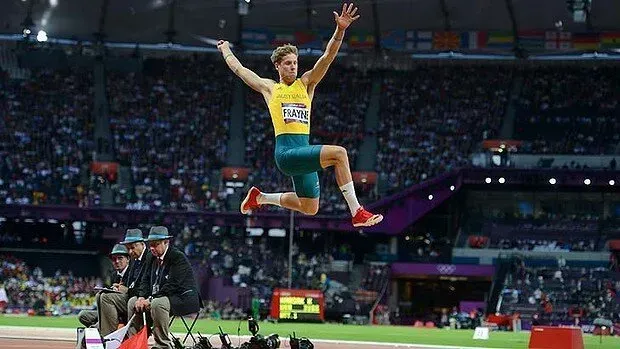
Developing Maximal Power As An Athlete
Maximise These Four Things For More Athletic Power
Power is a critical factor in the success of many athletes, as it allows them to generate force, speed, and explosiveness in their movements (Kraemer & Ratamess, 2005). Whether an athlete is looking to increase their speed on the track, their strength in the weight room, or their explosiveness on the field or court, developing power is essential (Bompa, 2009). In this blog, we will explore some of the key strategies that athletes can use to develop their power and take their performance to the next level.
Power Is Built On A Foundation Of Strength
One of the most effective ways for athletes to develop power is through weight training (Kraemer & Ratamess, 2005). By lifting weights and performing exercises that target the major muscle groups, athletes can increase their strength and power (Bompa, 2009). Some of the best exercises for developing power include squats, deadlifts, bench press, and power cleans (Kraemer & Ratamess, 2005). It is important for athletes to use proper form when performing these exercises, and to progressively increase the weight and intensity as they become stronger (Bompa, 2009). For example, starting with lighter weights and gradually increasing the weight as the muscles adapt can help to avoid injury and promote muscle growth (Kraemer & Ratamess, 2005).
Once You Can Produce Force, You Then Need To Learn How To Produce It, Faster.
In addition to weight training, plyometric exercises are another effective way for athletes to develop power (Kraemer & Ratamess, 2005). Plyometrics are high-intensity, explosive movements that involve rapid muscle contractions and release (Bompa, 2009). Examples of plyometric exercises include box jumps, bounding, and the triple hop (Kraemer & Ratamess, 2005). These exercises can help athletes develop the fast-twitch muscle fibers that are essential for power and explosiveness (Bompa, 2009). Plyometric training can be challenging and should be approached with caution, especially for beginners or those with a history of injuries (Kraemer & Ratamess, 2005). It is important to start with lower-intensity exercises and gradually increase the difficulty as the muscles adapt (Bompa, 2009).
Sprints Training Helps You Transfer Power Into The Field Of Play
Another important factor in developing power is speed (Kraemer & Ratamess, 2005). The faster an athlete is able to move, the more powerful they will be (Bompa, 2009). To increase their speed, athletes can incorporate speed training exercises into their workouts, such as sprints, shuttle runs, and agility drills (Kraemer & Ratamess, 2005). It is also important for athletes to work on their technique and form, as this can help them move more efficiently and effectively (Bompa, 2009). For example, proper body alignment, footwork, and arm action can all contribute to an athlete’s speed and power (Kraemer & Ratamess, 2005).
You Can Only Train As Hard As You Recover
In addition to training, nutrition and recovery are also important for developing power (Kraemer & Ratamess, 2005). Proper nutrition is essential for providing the energy and nutrients that the body needs to recover and adapt to training (Bompa, 2009). It is important for athletes to consume a balanced diet that includes a variety of whole, unprocessed foods, such as fruits, vegetables, lean proteins, and complex carbohydrates (Kraemer & Ratamess, 2005). Adequate rest and recovery are also crucial for allowing the body to repair and rebuild itself after intense training sessions (Bompa, 2009). This can include getting enough sleep, taking rest days, and using recovery techniques such as stretching and foam rolling (Kraemer & Ratamess, 2005).
Conclusion
Developing power is essential for many athletes looking to improve their performance (Kraemer & Ratamess, 2005). By incorporating weight training, plyometrics, speed training, and proper nutrition and recovery into their training routine, athletes can increase their power and take their abilities to the next level (Bompa, 2009). By consistently applying these strategies and staying dedicated to their training, athletes can overcome challenges and reach their goals (Kraemer & Ratamess, 2005).
References:
Bompa, T. (2009). Periodization: Theory and methodology of training (5th ed.). Champaign, IL: Human Kinetics.
Kraemer, W. J., & Ratamess, N. A. (2005). Fundamentals of resistance training: Progression and exercise prescription. Medicine & Science in Sports & Exercise, 37(6), S704-S716.
Want to improve your speed and agility on the field of play? Click here to learn more
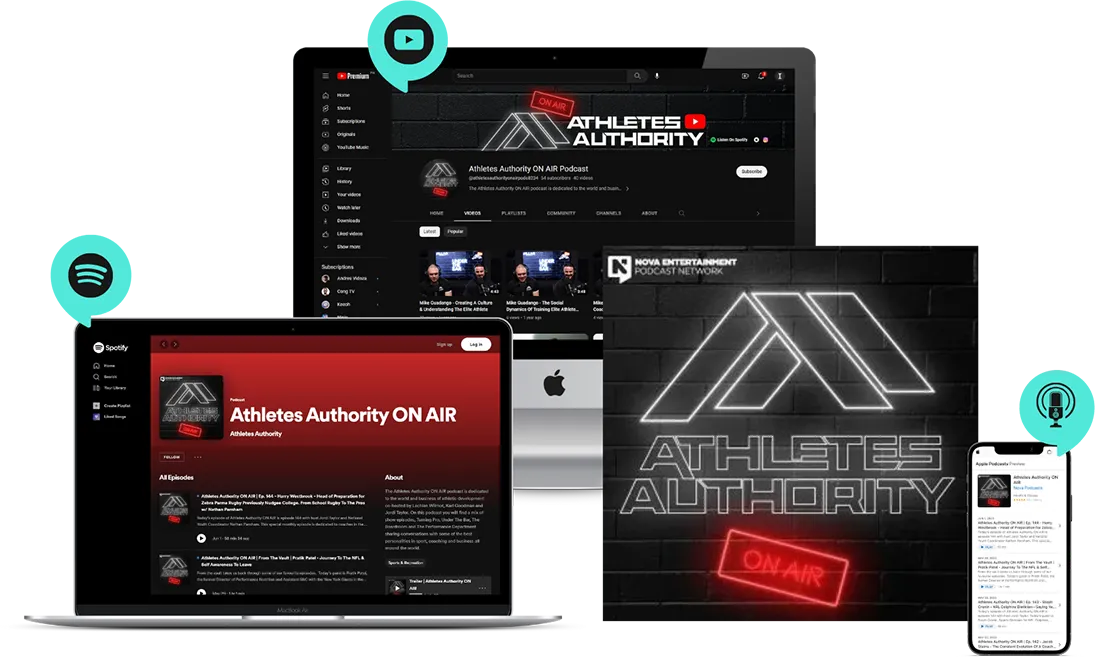
LISTEN TO THE PODCAST
Athletes authority on air
The Podcast that interviews the leaders in the Strength & Conditioning Community.
MELBOURNE LOCATION
SYDNEY LOCATION
© 2023, Athletes Authority | All Rights Reserved
Website & Marketing Powered By Gymini
































